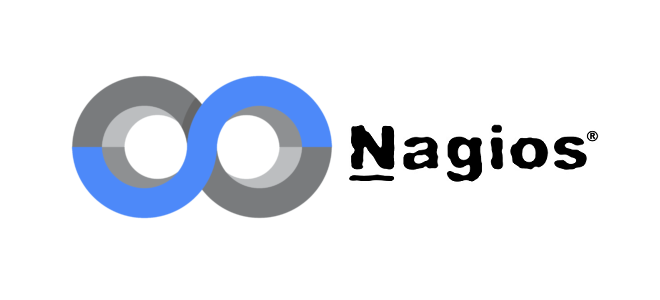Understanding Nagios: Monitoring Made Simple
 Cloud Tuned
Cloud Tuned
Understanding Nagios: Monitoring Made Simple
In the world of IT operations and infrastructure management, ensuring the health and performance of systems and services is paramount. Nagios, a popular open-source monitoring tool, provides organizations with a robust solution for monitoring their IT infrastructure. In this article, we'll explore what Nagios is, how it works, its use cases, competitors, and other essential aspects.
What is Nagios?
Nagios is an open-source monitoring and alerting system designed to monitor the availability and performance of IT infrastructure components such as servers, network devices, applications, and services. Originally created by Ethan Galstad in 1999, Nagios has since evolved into a versatile monitoring solution used by organizations of all sizes across industries.
How Does Nagios Work?
Nagios operates by periodically executing checks, known as "plugins," against monitored resources to assess their status. These plugins collect metrics and perform various tests, such as pinging a server, checking disk space, or verifying the availability of a web service. Here's an overview of how Nagios works:
Configuration: Administrators define the monitoring configuration using text-based configuration files. This includes specifying the hosts, services, and checks to be monitored, as well as defining notification rules and thresholds.
Execution: Nagios periodically executes checks based on the defined configuration. Plugins are executed either locally on the Nagios server or remotely on monitored hosts using the NRPE (Nagios Remote Plugin Executor) or SSH.
Status Processing: Nagios processes the results of the checks and updates the status of monitored objects accordingly. If a check indicates a problem, Nagios raises an alert and triggers notifications based on the configured notification rules.
Alerting and Notifications: Nagios sends notifications to designated contacts, such as system administrators or on-call personnel, when problems are detected. Notifications can be sent via email, SMS, or other communication channels.
Reporting and Visualization: Nagios provides reporting and visualization features to analyze historical data, track performance trends, and identify recurring issues. Graphs and dashboards can be generated to visualize metrics and monitor the health of infrastructure components.
Use Cases for Nagios
Nagios is widely used across various industries and organizations for a range of monitoring and alerting use cases, including:
Infrastructure Monitoring: Nagios monitors servers, network devices, and infrastructure components to ensure availability, performance, and reliability.
Application Monitoring: Nagios monitors applications and services to detect issues such as downtime, slow response times, and errors, helping ensure optimal performance and user experience.
Network Monitoring: Nagios monitors network traffic, bandwidth usage, and connectivity to identify network issues and optimize network performance.
Service Monitoring: Nagios monitors critical services such as databases, web servers, email servers, and DNS servers to ensure they are functioning correctly and meeting service level agreements (SLAs).
Security Monitoring: Nagios can be used for security monitoring by detecting unauthorized access attempts, unusual activity patterns, and potential security threats.
Competitors
While Nagios is a widely adopted monitoring solution, several competitors offer similar capabilities. Some notable competitors of Nagios include:
Zabbix: An open-source monitoring solution known for its scalability, flexibility, and rich feature set, including auto-discovery and distributed monitoring.
Prometheus: A popular monitoring and alerting toolkit designed for cloud-native environments, known for its support for multi-dimensional data and dynamic service discovery.
Splunk: A platform for searching, monitoring, and analyzing machine-generated data, offering capabilities for real-time monitoring, log management, and security analytics.
Datadog: A cloud-scale monitoring and analytics platform known for its support for monitoring cloud infrastructure, applications, and services, as well as its integrations and visualization capabilities.
SolarWinds: A provider of IT management software, including network and systems monitoring solutions, offering features such as network performance monitoring, server monitoring, and application performance monitoring.
Conclusion
Nagios remains a cornerstone in the world of IT monitoring, providing organizations with a powerful and flexible solution for monitoring their IT infrastructure. With its robust feature set, extensibility, and community support, Nagios continues to be a preferred choice for organizations seeking to proactively monitor and manage their systems, applications, and services, ensuring optimal performance, availability, and reliability.
Subscribe to my newsletter
Read articles from Cloud Tuned directly inside your inbox. Subscribe to the newsletter, and don't miss out.
Written by
